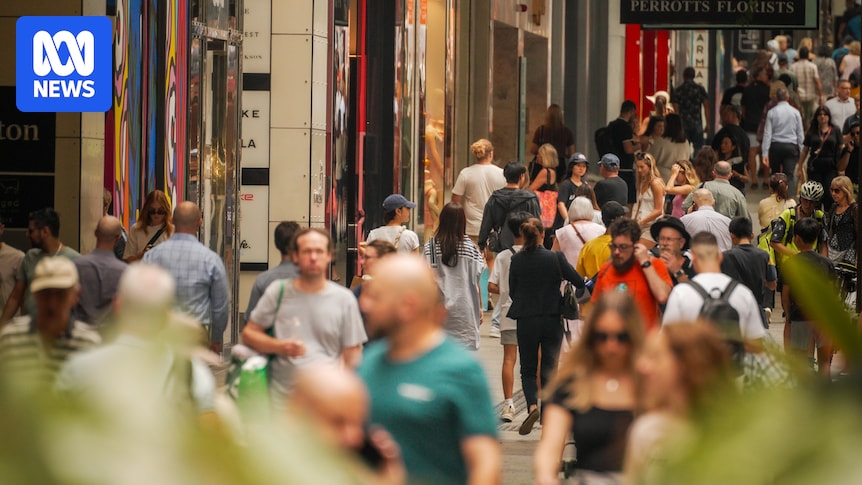Australia’s unemployment rate rose to 4.3 per cent in June, up from 4.1 per cent in May, after the Reserve Bank surprised markets last week by keeping interest rates on hold.
“The sharp rise in unemployment in June makes the RBA’s decision to leave rates on hold earlier this month look like a policy error,” Abhijit Surya, senior Asia-Pacific economist at Capital Economics, said.
“We’re increasingly convinced that the incoming data flow will prompt the bank to cut rates further than most are currently anticipating,” he said.
RBA defies expectations of interest rate cut
According to the Bureau of Statistics data, employment increased by 2,000 people in June, but the number of officially unemployed people jumped by 33,600.
Since employment (+2,000) and unemployment (+33,600) both increased in June, the size of the active labour force grew by 35,600.
The growth in the labour force helped the participation rate to increase a little, from 67 to 67.1 per cent — putting it just shy of its record-high of 67.2 per cent in January.
But part-time employment grew by 40,000 people, while full-time employment fell by 38,000 people, which contributed to a noticeable decline in monthly hours worked in all jobs and a slight rise in the underemployment rate.
The employment-to-population ratio remained at 64.2 per cent in June.
Harry Murphy Cruise, head of economic research for Oxford Economics Australia, said the data suggested the RBA should “get a wriggle on” with another rate cut.
“The weak print follows a meek reading in May,” he said.
“Back then, we weren’t convinced the data signalled a sharp rise in joblessness was looming. And while we’re still not ringing the alarm bells, June’s slackening is another good reason for the RBA to get a wriggle on with rate cuts.
“Looking ahead, the labour market has a number of challenges nipping at its heels.
“First and foremost, President Trump’s tariffs are weighing on business investment and prompting some firms to rethink hiring plans. Even though Aussie businesses are largely out of the direct line of tariff fire, global uncertainty is lapping at our shores,” he said.
Loading
